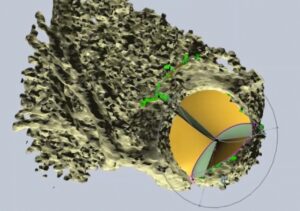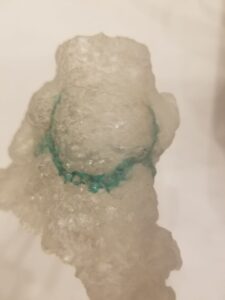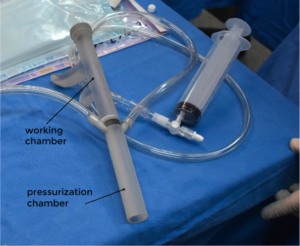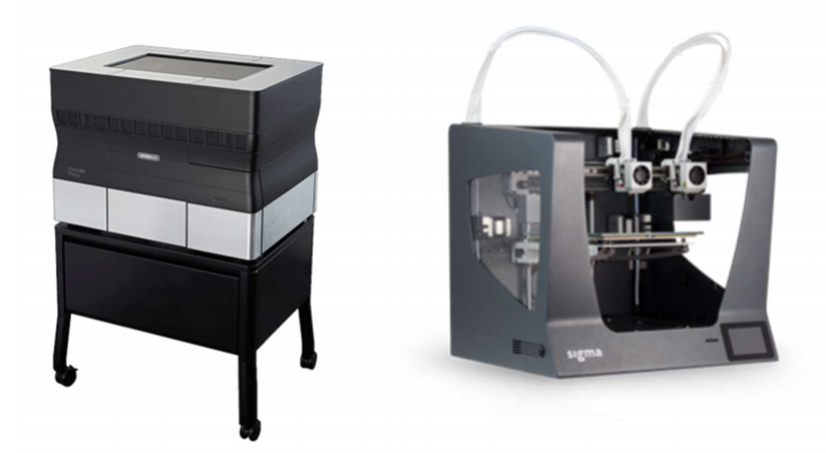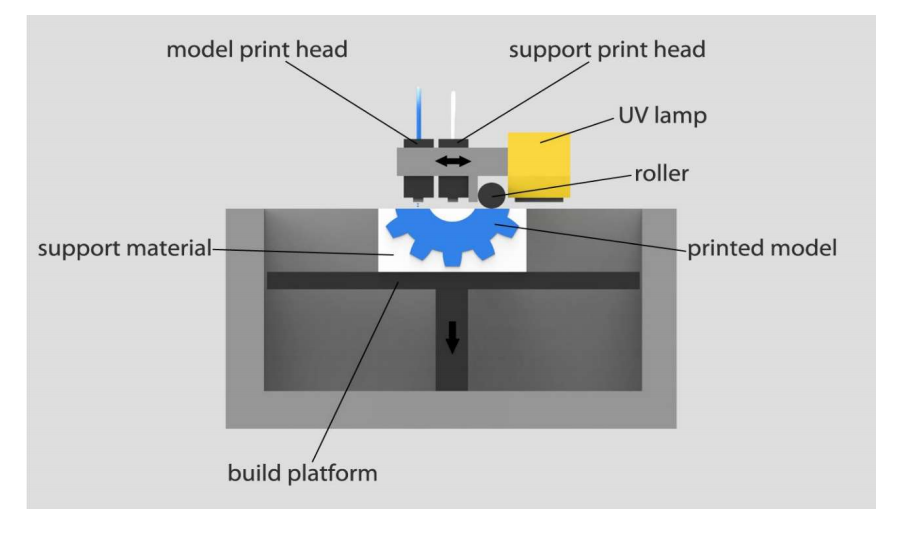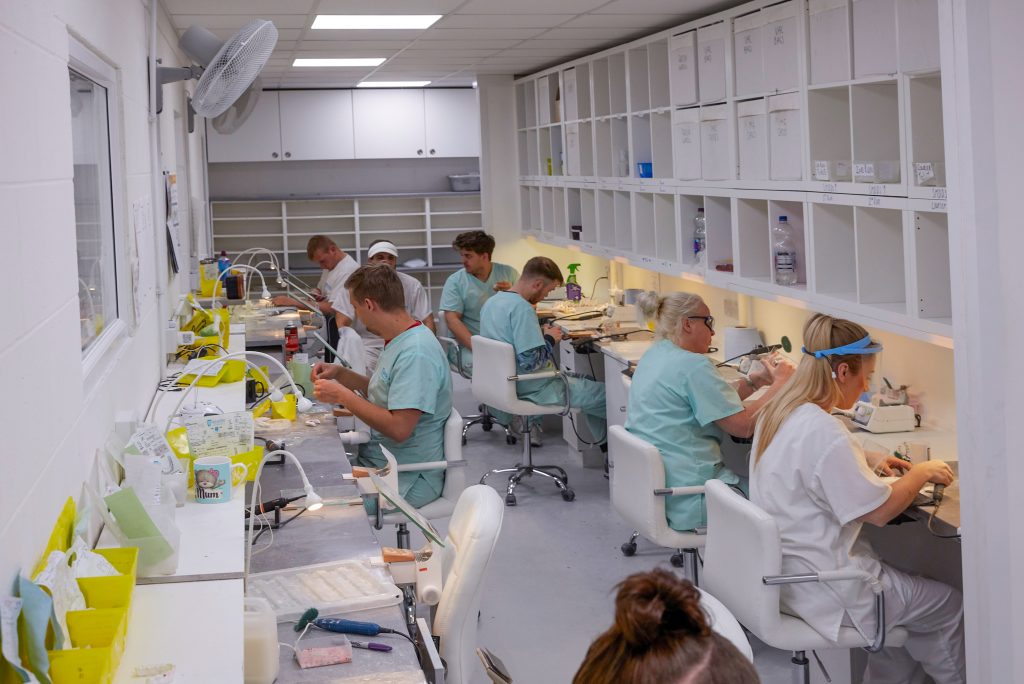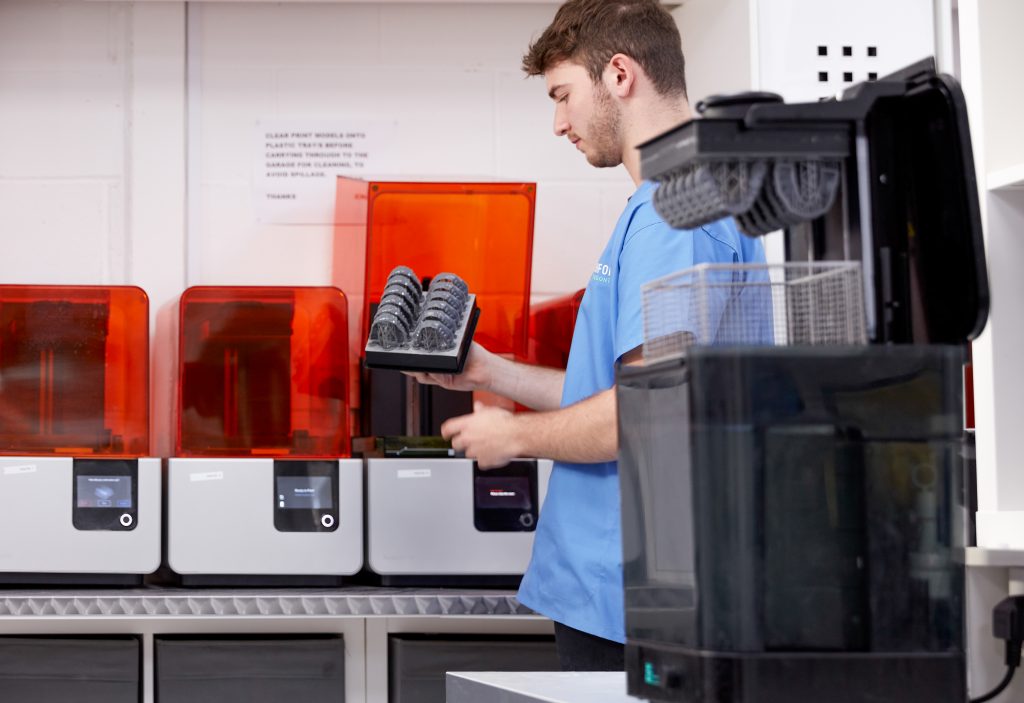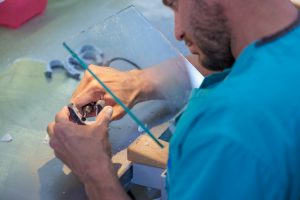For the first time, a presurgical technique using 3D printing was used on four children suffering from congenital heart disease (CHD), holding promise for future developments. The idea was proposed by Ignacio Berra, a pediatric cardiovascular surgeon at Garrahan Hospital, in Buenos Aires, Argentina, who worked with 3D printed aortic valves of the patients and a 3D printed device of his own creation to carry out tests prior to aortic valve repair surgery. 3D printed medical models are being developed to assist professionals while preparing for complex surgery all over the world. So far they have been quite successful since doctors get to manipulate the model, just like they would do in the actual surgery. Using medical imaging to recreate anatomical models of a patient with any of the different materials available today, leads to accurate and customized models. It’s not the same going into surgery after looking at a 2D formatted image of a child’s heart than actually being able to grasp an exact replica. Berra has been attempting to implement pre-operative planning at the hospital where he works for a few years and just last month he was able to do so, partly thanks to his 3D printing startup, LEW, which developed the four aortic valve reconstructed models for free. In a country where public hospitals have no research institutions associated with them, this is a big step.
Berra operates on an average of 15 children every week. One-third of complex children heart diseases in the country are resolved at Garrahan Hospital; also children from Bolivia, Chile, Uruguay, Paraguay, and even the southern cities of Brazil travel there just to get surgical procedures. Berra has worked at Garrahan since 2006, except when he won a scholarship to train together with other researchers at Boston Children’s Hospital and Harvard School of Medicine four years ago. When he returned, he was eager to use 3D printing for medical devices and so started working on developing presurgical models of the aortic and pulmonary valves in children with severe aortic insufficiency, as well as applying his 3D printed intraoperative test device for aortic valve repair (which he developed during his time in Boston).
The idea–which could also be performed in adults–would benefit 50 children with aortic valve failure every year. According to the specialist, if the aortic valve does not work properly, it can interfere with blood flow and force the heart to work harder to carry blood to the rest of the body, which causes difficulty breathing, fatigue, chest pain, loss of consciousness, arrhythmia and can lead to sudden death from heart attack. Moreover, in an interview, Berra suggested to 3DPrint.com that performing cardiac surgery in a child is far more complex than adults because the anatomy is not always the same. Actually, he says that the anatomical configuration of the aorta changes a lot. So this is why he insists on preparing prior to the surgery by training on a 3D printed aortic valve model that is completely customized.
“To get the full picture of what I would encounter during the surgery, I had to first print a replica of each of the four children’s aorta from a CT scan, using Matlab. Once the model was done, I then stitched a pericardium valve (pig pericardium is quite common at this stage because it assimilates the human one) to actually simulate the child’s valve. Finally, using a device I designed in 3D to evaluate the repair of the aortic valve, I pressurized the model with a solution to simulate the diastolic pressure the patient will have, and used an endocamera to evaluate the valve and test whether it closes well and would be able to withstand the blood flow post surgery. After the test in the lab was complete, I moved ahead with the actual surgery,” explained Berra.

The 3D printed aortic valve model without the pericardium (left) and with stitched pericardium (right) for testing prior to surgery (after a while, the pericardium dries up)
The customized models help generate personalized medicine and successful surgeries. That was exactly what happened during Berra’s four surgeries, with children achieving complete recovery and going home quicker than they would have otherwise. During surgery, he uses part of the pericardium (the membrane that covers the heart) of the patient to rebuild the valve that is malfunctioning, so it adapts perfectly to the anatomy. So far, other techniques used to reconstruct children’s valves include the Ross procedure (using a diseased aortic valve) or a mechanical prosthesis.
Berra is currently in talks with Carin van Doorn, Head of Congenital Cardiac Surgery at Leeds Teaching Hospitals, which is part of the UK’s NHS Trust network (the biggest provider of specialist NHS services in England), in the hopes to work together rebuilding valves for children who suffer from a disease that obstructs the right ventricular outflow tract in England. Berra is hoping to first reconstruct the valve using 3D software, before moving to the operating room (OR) where he hopes a prosthesis made with the patient’s own pericardium will last longer (just like he did in Argentina), this significantly reduces the number of times the patient needs to go back into the OR during his lifetime.
Berra is the first medical specialist in the country to work with 3D printing and encourages others to follow his lead. But it has not been easy. The country is not part of the technological revolution that has evolved quite rapidly in developed nations. With limited financial resources, low levels of learning, limited opportunities for the poor (36% of the population), and chronic conflicts with teachers’ unions, it might take decades to catch up to the rest of the globe.
“To solve problems, the way North America, Europe and Asia are doing, we need education at each and every level, and not just education, technological know-how from the earliest years. That’s one of the things that’s missing and it’s hurting our chances to be a competing force in the region. Every day I struggle to implement 3D printing technology at public hospitals, to help surgeons during procedures, and patients to recover quicker, but it’s no easy task, people are still afraid of change and bureocratic procedures are timely and costly,” he revealed.
Berra’s company LEW produces presurgical models, both for his personal use at Garrahan Hospital and for fellow doctors that are curious about implementing 3D printing technology to their work. Each model made on the company’s Stratasys Objet30 Prime with Stratasys‘ own resins costs around $200, and they are not yet charging fellow doctors and hospitals for them.
At LEW, Berra is currently developing a perfusion system that allows preserving an organ for transplantation in conditions similar to those of the human body and is expected to double the number of interventions in the country, and along with his team, they are developing an artificial heart, also using 3D printing.
The specialist claims his work to help young patients will not stop, no matter how many hurdles he has to tackle in the way. With aspirations to work mainly in Argentina, Berra does not discard moving to the UK or Boston, where his ties with other specialists in the field could help him achieve his goals. Like many in the field, he believes training pediatric surgeons for the future should involve acquiring knowledge on 3D printing technology to aid the work, and with a limited amount of cardiovascular surgeons specializing in children, they can use all the help they can get.
[Images: Ignacio Berra and 3DPrint.com]
The post Children’s Hospital in Argentina Finally Gets 3D Printed Presurgical Models appeared first on 3DPrint.com | The Voice of 3D Printing / Additive Manufacturing.



